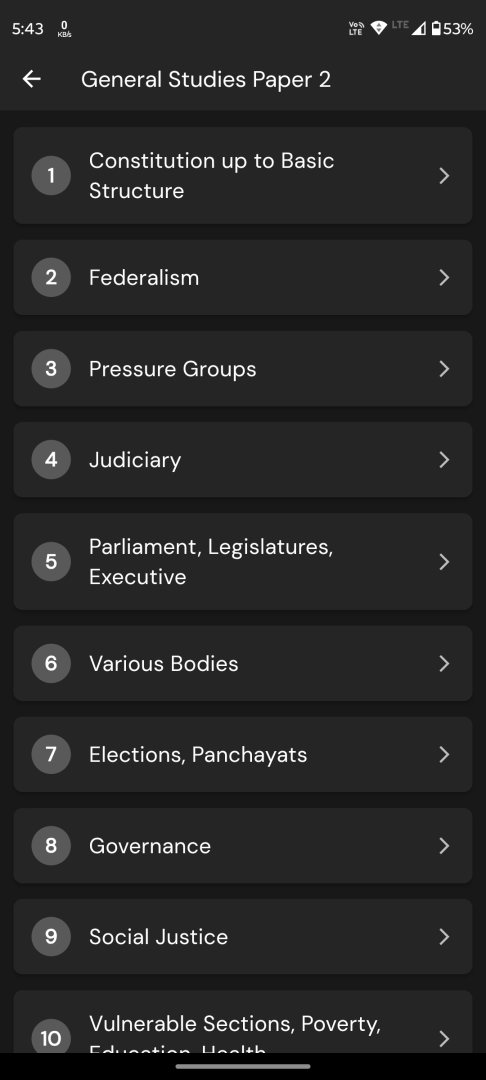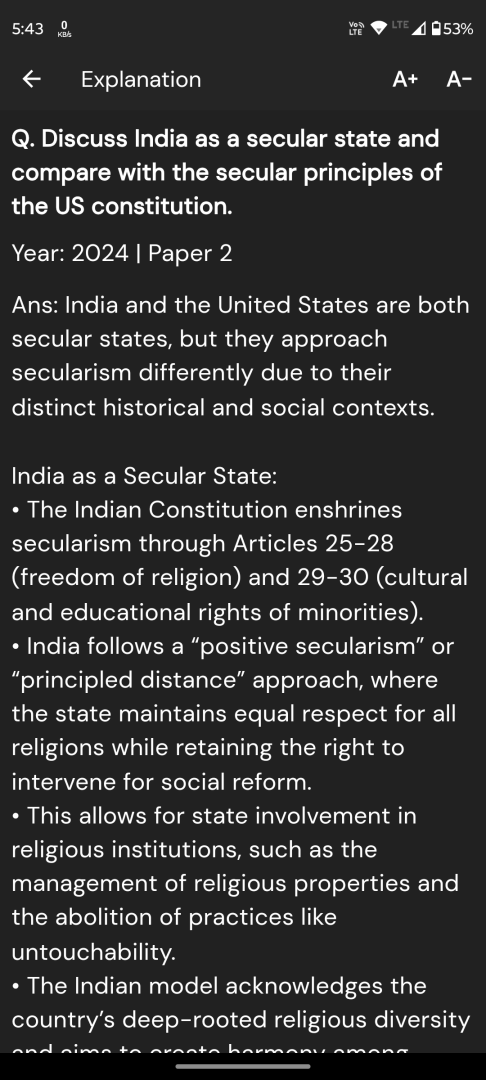Q. What are Tsunamis? How and where are they formed? What are their consequences? Explain with examples.
UPSC Mains 2025 GS1 Paper
Model Answer:
Tsunamis: Formation, Distribution and Impact
Tsunamis are series of long-wavelength ocean waves caused by sudden displacement of large water volumes, traveling at 500-800 km/hr in deep waters. These “harbour waves” differ from regular wind-generated waves in their enormous wavelength and devastating potential.
Formation Mechanisms:
Tsunamis primarily form through underwater earthquakes exceeding magnitude 7.0, particularly those causing vertical seafloor displacement (2004 Sumatra earthquake – 9.1 magnitude). Other triggers include submarine landslides, volcanic eruptions (Krakatoa 1883), and rarely, meteorite impacts. The process involves vertical displacement creating water column disturbance, generating waves that propagate radially across ocean basins.
Geographic Occurrence:
• Pacific Ring of Fire accounts for 75% of tsunamis – Japan, Indonesia, Chile experience frequent events
• Indian Ocean’s Sumatra-Andaman and Makran subduction zones pose significant risks to Indian coastlines
• Mediterranean Sea witnesses occasional tsunamis (Crete 365 AD)
Multi-dimensional Consequences:
The 2004 Indian Ocean Tsunami killed 230,000 people across 14 countries, demonstrating devastating immediate impacts including coastal inundation, infrastructure destruction, and massive casualties. Long-term effects encompass economic losses in fisheries and tourism (Thailand’s economy), environmental damage through saltwater intrusion affecting agriculture (Tamil Nadu farmlands), ecosystem disruption, and psychological trauma among survivors.
Japan’s 2011 Tohoku Tsunami triggered the Fukushima nuclear disaster, highlighting cascading technological risks.
Conclusion:
India’s enhanced tsunami preparedness through early warning systems and coastal management demonstrates learning from past disasters.




